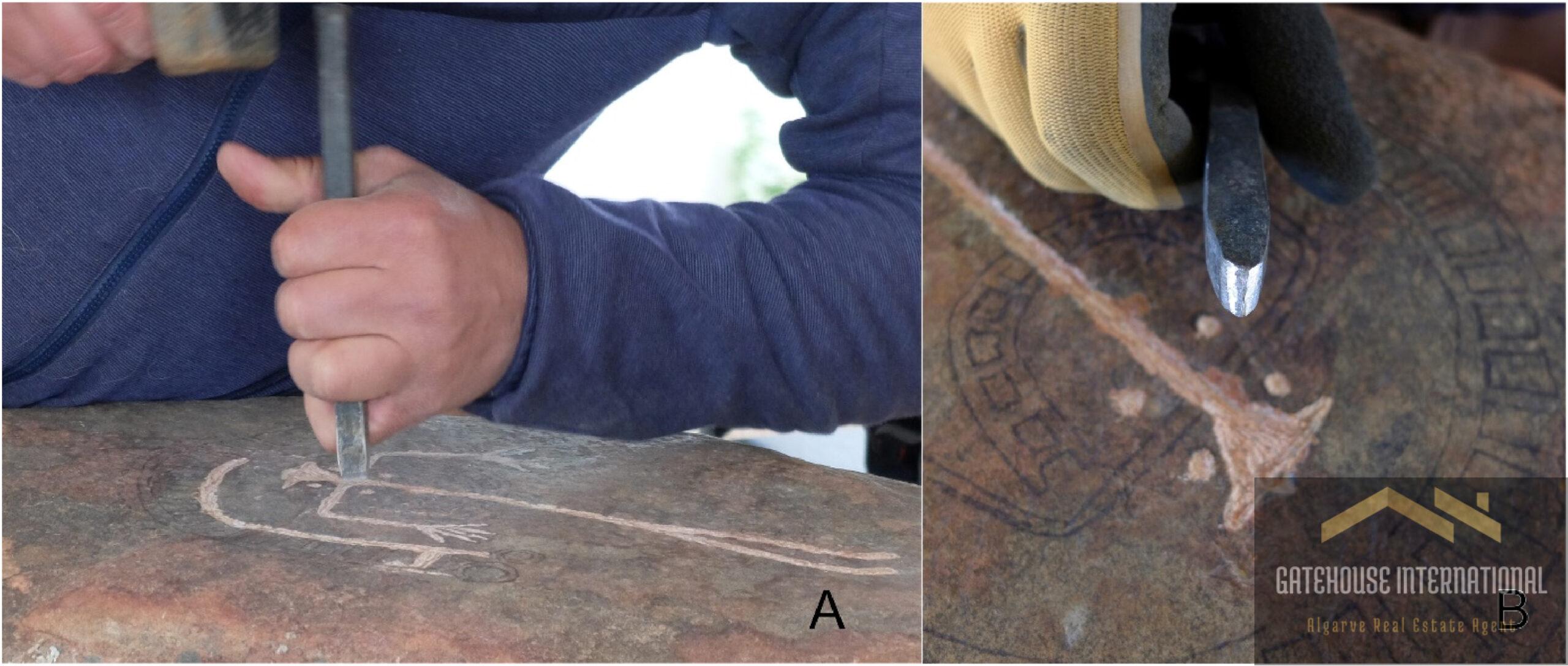
I have lived in the Algarve for over 20 years and love the experience. Now writing about and photographing the Algarve experience to share with others.
Contributor to all that is Algarve on Wikipedia – https://en.wikipedia.org/wiki/User:MarkMcLoughlinAlgarve
Books – https://amazon.com/author/markmcloughlin
YouTube Channel Algarve Elevated: Stunning Aerial Views- https://youtube.com/@MarkMcLoughlinAlgarve
Level 10 Google Local Guide for the Algarve – https://maps.app.goo.gl/QRC1qeLiWUc9wmQj6



